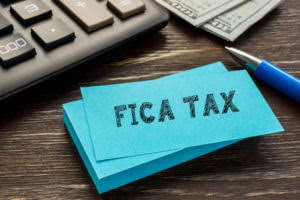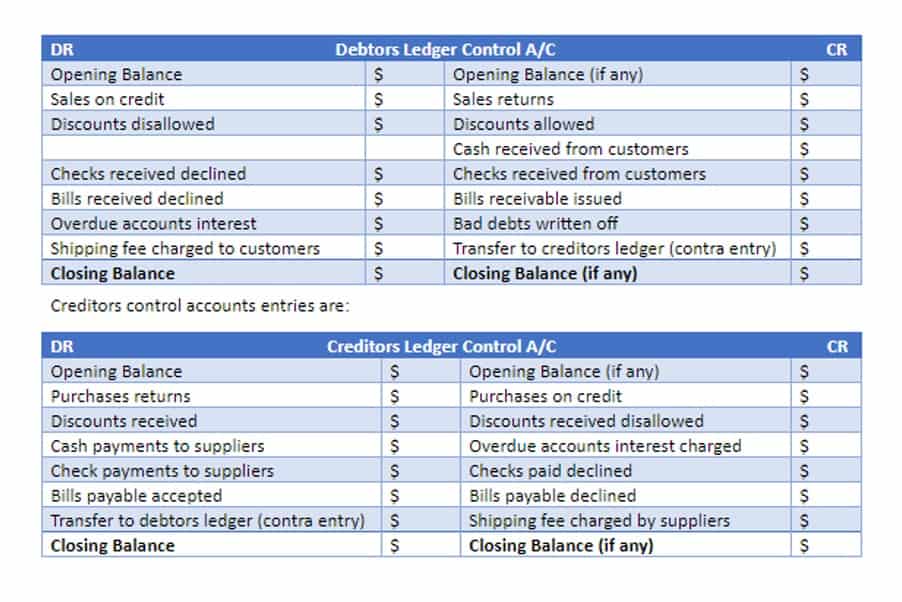
Moreover, financial audits can serve as a valuable tool for internal improvement. By identifying areas of financial weakness or inefficiency, nonprofits can take proactive steps to address these issues before they escalate into larger problems. While your auditor might have experience in a desired niche, they may still need some time to understand the nuances of your organization’s compliance posture. You need to work closely with them to help them navigate the audit scope and ensure they have accessibility to your evidence resources.
- Customising your audit preparation approach based on the kind of audit ensures that you focus on the right areas.
- So roll up your sleeves, rally your team, and get ready to take your organization to the next level.
- In order to audit public companies, an auditor must have the Certified Public Accountant’s (CPA) credential.
- As a leading management consulting firm, we bridge the gaps between finance, technology, operations, and risk management, for companies to thrive during every lifecycle stage.
- Once you understand your compliance obligations and the audit’s scope, you need to estimate how far you are from complete compliance.
- Compliance audits deal specifically with the level of compliance with internal policies or external regulatory requirements.
Access Exclusive Templates

Regularly revisit and refine your processes to ensure they remain effective and aligned with evolving industry standards. Ensure they have a strong understanding of SOC 2® requirements and can objectively evaluate your controls. Your audit will scrutinize the governance practices underpinning your controls. A strong governance framework ensures you’re not only compliant but also resilient to evolving risks. By organizing these documents in advance, organizations can facilitate a smoother audit process and demonstrate their commitment to transparency and accountability. A thorough preliminary review can also instill confidence among staff members and board members, knowing that the organization is well-prepared for the upcoming audit.
- This involves detailed examination and analysis of financial records and transactions.
- Vanta also offers a diverse partner network you can tap into to find reputable auditors and compliance professionals.
- Alternatively, you could build a proprietary application, or even simply create a folder directory on your network.
- A field audit is the most extensive and typically involves an IRS agent visiting your home, business, or accountant’s office to examine your records.
- Once the audit findings are reported, corrective actions must be taken to address any non-conformities or inefficiencies.
What is the process of preparing for audits?

The word “audit” might strike fear into the hearts of business owners, but it doesn’t have to. An audit is not an accusation of wrongdoing; it’s a routine part of running a business, especially as you grow. However, lack Certified Bookkeeper of preparation can make the audit process stressful and time-consuming. Fortunately, you can take steps to ensure you’re always ready for an audit—whether it’s from the government or an internal review. This guide will give you actionable tips and best practices to help you sail through any audit smoothly.
How to Prepare for an Audit: Tips and Best Practices
- Erin Nelson is a senior marketing leader with 8 years of expertise in delivering strategic marketing solutions in rapid growth B2B SaaS organizations.
- Implement a tracking system to monitor evidence requests and submissions in real time.
- Highlighting your SOC 2® Type 2 certification can be a powerful marketing tool, showcasing your dedication to protecting customer data and meeting industry expectations.
- Providing them with guidelines on interacting with auditors, what information to share, and how to handle sensitive questions will make the audit process more efficient.
- And with Heimdal’s NIS2 Directive report, you’ll get access to super valuable guidance on what your current security posture is, and how compliant you are.
- The competent authority will give you two weeks’ written notice before the inspection.
The plan should also consider risk-based thinking, focusing more on areas with higher risks to product or service quality. cash flow Beyond financial statements, supporting documents like invoices, receipts, and bank statements play a crucial role. These records provide the granular details that substantiate the figures presented in the financial statements.

The CAE must develop a plan for the EQA, which should be discussed and approved by the board. The assessment must be conducted at least once every five years by a qualified, independent assessor or assessment team. This internal review not only prepares the organization for the audit but also helps identify any potential issues that could arise during the audit process. Additionally, nonprofits should ensure that all supporting documentation is readily available for auditors. This includes receipts, invoices, bank statements, and any other records that substantiate financial transactions. In the realm of nonprofit organizations, financial audits serve as a critical mechanism for ensuring transparency, accountability, and trustworthiness.

The role of audits in ensuring financial transparency

Internal controls encompass a wide range of activities, from segregation of duties to authorization protocols, all designed to mitigate risks and prevent fraud. By conducting a thorough assessment of these controls, organizations can identify weaknesses and implement corrective measures before the audit begins. Conducting an internal audit helps identify and address potential issues before they become problems during an official audit. Internal audits focus on reviewing financial statements, tax returns, and ensuring compliance with laws and regulations. By regularly auditing your own business, you can ensure that everything is in order and avoid surprises during an external audit. We have already discussed information systems auditing; other unique audits include operational and compliance audits.
- This proactive strategy facilitates a seamless and efficient audit process.
- Independence is key to the auditor-auditee relationship, but there is also a high degree of collaboration to the process; your staff will need to communicate and work with the auditor throughout.
- You’ll need to put together evidence of how you assess risks, monitor for threats, maintain cybersecurity standards and how you plan to respond to incidents.
- Maintain detailed records of all processes, decisions, and incidents related to compliance and security.
- Open lines of communication can help build rapport with auditors and foster a collaborative atmosphere.
- It’s a good idea to keep the timeline from step two in mind while planning and allocating resources for gap remediation.
These matrices map out the various controls in place, linking them to specific risks and objectives. For example, a control matrix might detail how access to financial systems is restricted to authorized personnel, thereby reducing the risk of unauthorized transactions. By systematically evaluating each control, organizations can ensure that they are how to prepare for an audit not only present but also functioning as intended. This proactive approach can significantly enhance the reliability of financial reporting and operational processes. In addition to internal policies, external compliance reports are equally important.
